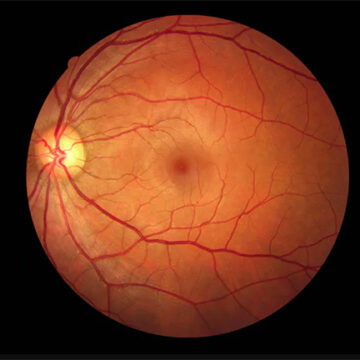Blog
Vitreous Detachment

What is vitreous detachment?
The vitreous is the gel-like substance filling your eyeball. It is composed of millions of fine fibers that are attached to the surface of the retina (the light-sensitive tissue in your eyes). As you get older, the vitreous shrinks, pulling some of these fibers off of the surface of the retina. The fibers typically break, and the vitreous ends up separating and pulling away from the retina. This is vitreous detachment. It is usually not a threat to your eyesight and requires no treatment.
What causes vitreous detachment?
Older age is the most common cause, and it most often occurs after age 50. It is very common in people age 80 and older. If you are nearsighted, you also have a greater risk of vitreous detachment.
What are the symptoms of vitreous detachment?
If you have vitreous detachment, you may notice little “floaters” in your vision. They appear as cobwebs, squiggly lines, or small “flocks of birds,” especially against a bright background like a blue sky or white paper. These floaters are due to stringy strands in the vitreous that are casting tiny shadows on your retina. They may be annoying, but are otherwise harmless. A comprehensive dilated eye exam can determine the cause of your symptoms.
If you see a sudden increase in floaters accompanied by flashes of light or reduced peripheral (side) vision, however, you may have a detached retina or a macular hole (a small break in the macula, in the center of the retina). See an ophthalmologist right away. If you don’t get it treated, it can lead to permanent loss of vision in the affected eye.
How do you treat vitreous detachment?
No treatment is needed for vitreous detachment. But if you have retinal detachment or a macular hole, then you need treatment from an eye care professional as soon as possible.